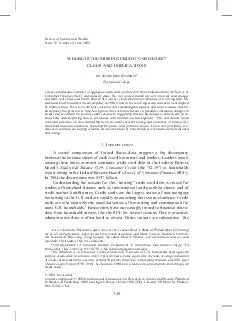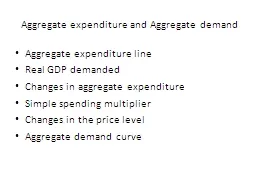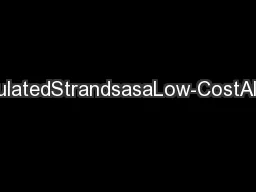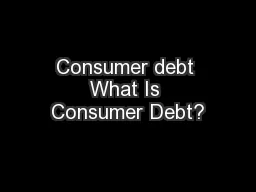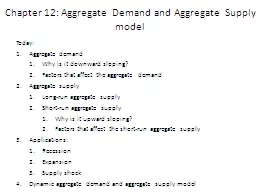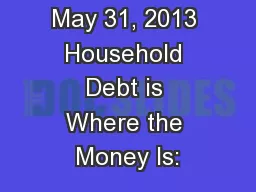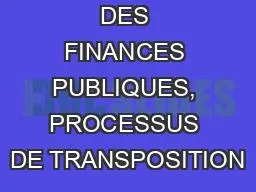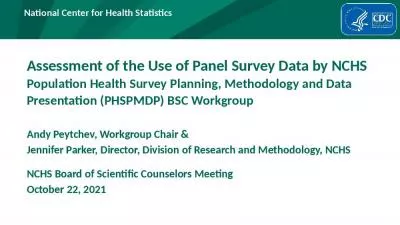PDF-WHERE IS THE MISSING CREDIT CARD DEBT CLUES AND IMPLICATIONS Dartmouth College I create
Author : tatyana-admore | Published Date : 2014-11-24
The two sources match up well on credit card charges and fairly well on account totals But the SCF always yields much lower estimates of revolving debt My estimated
Presentation Embed Code
Download Presentation
Download Presentation The PPT/PDF document "WHERE IS THE MISSING CREDIT CARD DEBT CL..." is the property of its rightful owner. Permission is granted to download and print the materials on this website for personal, non-commercial use only, and to display it on your personal computer provided you do not modify the materials and that you retain all copyright notices contained in the materials. By downloading content from our website, you accept the terms of this agreement.
WHERE IS THE MISSING CREDIT CARD DEBT CLUES AND IMPLICATIONS Dartmouth College I create: Transcript
Download Rules Of Document
"WHERE IS THE MISSING CREDIT CARD DEBT CLUES AND IMPLICATIONS Dartmouth College I create"The content belongs to its owner. You may download and print it for personal use, without modification, and keep all copyright notices. By downloading, you agree to these terms.
Related Documents

